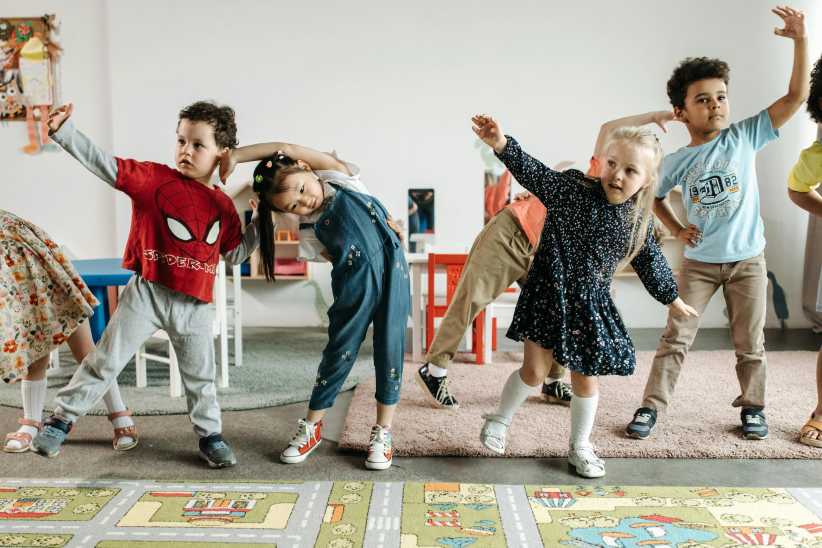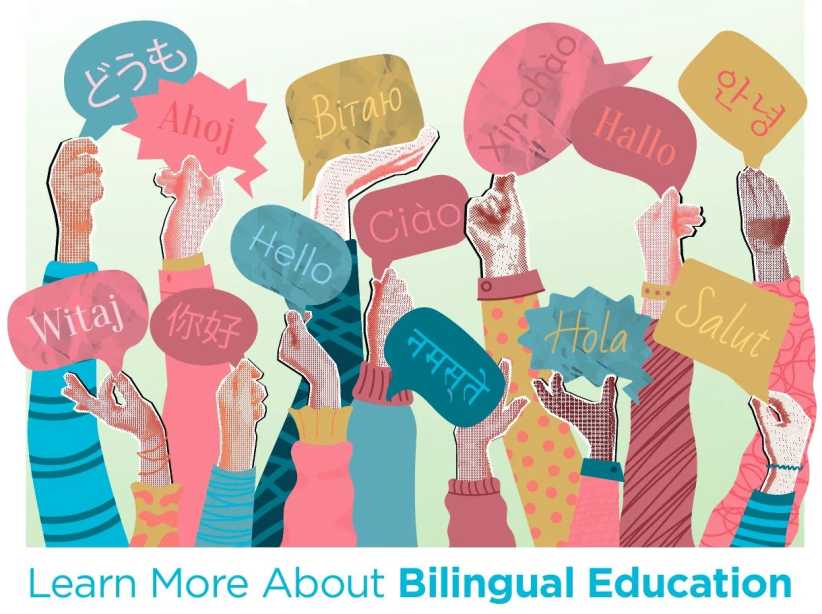 Your child loves to play outside, watch television, surf the web, and do just about anything besides reading for pleasure. In our tech-based, quick-access-to-information world, it’s easy to find alternatives to relaxing and reading a book from cover to cover. Yet reading offers so many benefits: vocabulary and language development, imagination enrichment, improved focus, relaxation, and so much more. Help your child learn to love reading with the ideas detailed below.
Your child loves to play outside, watch television, surf the web, and do just about anything besides reading for pleasure. In our tech-based, quick-access-to-information world, it’s easy to find alternatives to relaxing and reading a book from cover to cover. Yet reading offers so many benefits: vocabulary and language development, imagination enrichment, improved focus, relaxation, and so much more. Help your child learn to love reading with the ideas detailed below.
Read with your child!
Spend time reading with your child, even as she gets older and tends to read alone. When she is young, read to her, always stopping along the way to discuss the characters, setting, images, and plot. Ask her to retell events in the story, make predictions, and answer inferential questions. When she learns to read, try alternating pages or chapters with you reading one and her reading the next, allowing you to model good fluency while continuing to monitor her comprehension. When your child is a bit older, encourage her to post a review of the book online or even create her own book review journal. The more engaging and interactive the reading task is, the more she will enjoy it.
Identify your child’s interest
Avoid “forcing” your child to read about a topic he finds completely uninteresting. Instead, try to identify some topics he’s interested in, like the Titanic, baseball, or dinosaurs, and then hone in on that topic. If he’s fascinated by the Titanic, for instance, find images online of the interior and exterior of the ship, pull up interesting articles about passengers who were on it, and maybe even seek out a museum exhibit on the Titanic–all before introducing a full book on the subject. Then, once you’ve peaked his interest with interesting content, colorful images, an interactive activities, find a simple book on the topic and encourage him to try reading it. You may be surprised at how much he actually enjoys reading the book once you’ve sparked his interest and presented fascinating background knowledge.
Create a family ritual
Try designating one night per week as “family reading night.” During this time, all family members converge in one spot to read together. Each person can select any type reading material–a newspaper article, comic book, magazine, novel, or the like. You might “sweeten the pot” by serving a tasty treat and giving your child something special (aside from family time) to look forward to. To avoid monotony, perhaps change the scenery each week–one night you can gather in your living room, another night you can cluster around a fireplace, and yet another time you can take a trip to the beach. Just be sure to make it a fun, relaxing ritual that your child will look forward to.
Create a reading zone
Try changing your child’s mind set that reading is boring by creating a fun reading area in her room or play space. You might include a colorful rug, funky lamp, bean bag chair, and art on the surrounding wall. Make it a place she will look forward to hanging out in–an environment that is enjoyable and relaxing.
Move beyond paper books
In our age of technology, there are now so many options available for reading aside from old fashioned paper books. Try downloading e-books onto your tablet, which may be more motivating for your tech-savvy child. Audio books are also a great option; while kids may not practice the phonetic aspect of stories using these “books”, listening to them helps build vocabulary, comprehension, and knowledge on different subjects. Listening to these books can also help them find joy in getting “lost in a story,” something they may not otherwise experience if they don’t read.
Reading is an activity that many children have sadly come to dislike. Yet not only can reading be a real source of pleasure, is such an important skill for success in school and beyond. Try these activities to help your child learn to enjoy reading and discover the many benefits it has to offer.
Dr. Emily Levy is the founder of EBL Coaching, a local tutoring program that specializes in one-on-one home and on-site instruction for students in grades pre-K-12. She is also the author of the workbook series Strategies for Study Success and Flags and Stars. To learn more about Emily Levy and EBL Coaching, visit eblcoaching.com!























